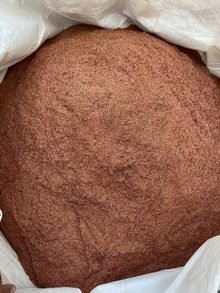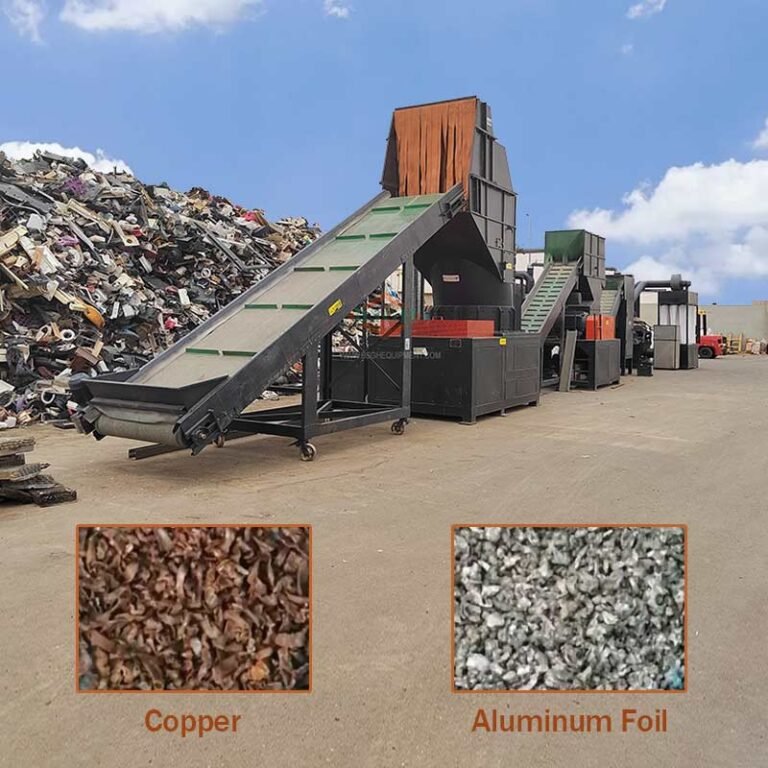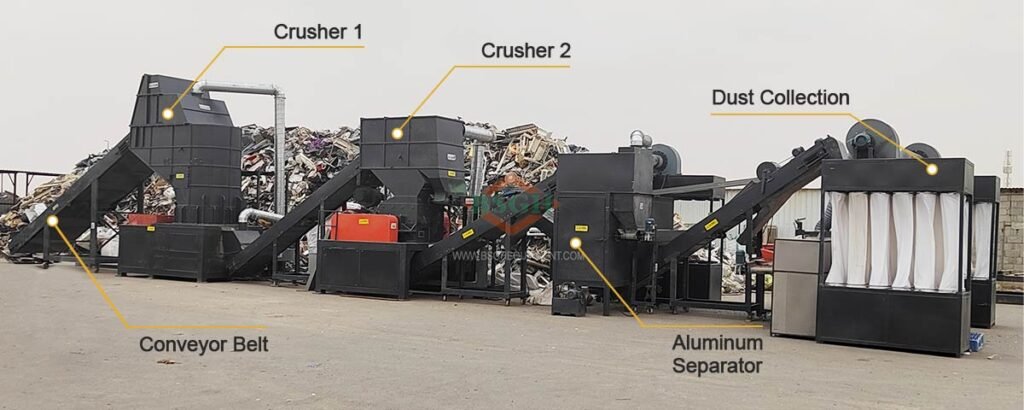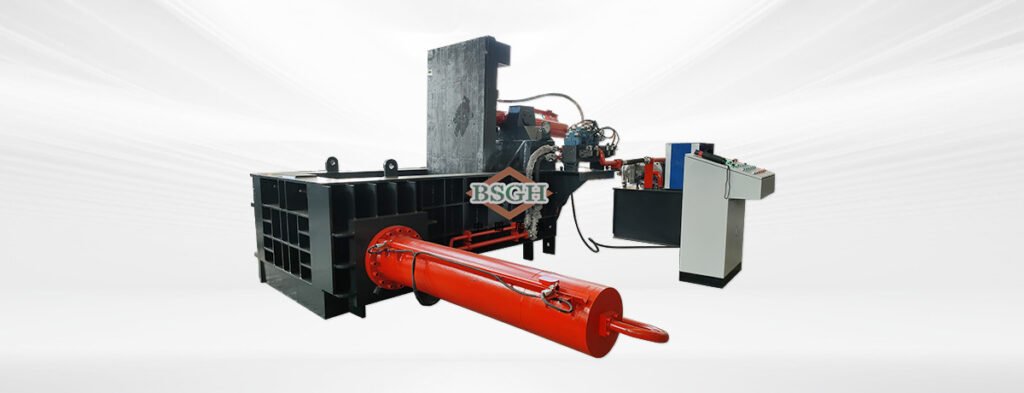Welche Rohstoffe können mit dem Doppelwellenzerkleinerer zerkleinert werden?
You're overwhelmed by the amount of waste piling up, unsure how to handle it.
Dealing with mixed materials is messy and you are worried it will be hard to process, and current methods aren't efficient or eco-friendly.
A double shaft shredder could be the first step, to handle most of your waste, and improve recycling.
A double shaft shredder can process a wide range of materials, like plastics, metals, and electronics. It's good at handling bulky items and prepares them for further recycling, such as getting copper from wires. This first step makes the overall recycling work much better.
The double shaft shredder is a good first step in recycling, which makes handling different types of waste easier, setting the stage for better processing. Let’s go deep into how the shredder is used for different kinds of materials.
What type of raw materials can be shredded?
You've got a mix of waste, not sure what can be safely and effectively shredded.
Trying to sort everything by hand is time-consuming, and guessing wrong could damage equipment.
The good news, double shaft shredders are built to handle a variety.
Double shaft shredders can handle many materials. Some of the most common ones are: Plastics (like bottles and containers), Metals (like aluminum cans and scrap metal), Paper and Cardboard, Wood (like pallets and crates), Textiles, Rubber (like tires), and E-waste.
Double shaft shredders are very versatile. They can process many different materials because of their strong design and powerful motors. Let's look closer at how these machines work, and the specific items, in everyday waste, that they can handle.
| Material Category | Specific Items | Shredding Notes |
|---|---|---|
| Plastics | Bottles, containers, pipes, films | Shreds easily; may require special blades for very hard plastics. |
| Metals | Aluminum cans, scrap metal, wires, car parts | Durable blades needed; can handle both ferrous and non-ferrous metals. |
| Paper & Cardboard | Documents, packaging, boxes | High-volume shredding; may need dust control. |
| Wood | Pallets, crates, furniture, construction debris | Can handle large pieces; often used in wood recycling. |
| Textiles | Clothing, carpets, fabrics | Can be challenging due to fibers; may need pre-cutting. |
| Rubber | Tires, hoses, belts | Requires high torque; often used in tire recycling. |
| E-waste | Computers, electronics, appliances | Important for resource recovery; separates different materials. |
| Mixed/Bulky Waste | Mattresses, furniture, appliances | Ideal for initial size reduction; prepares for further sorting. |
| Construction Debris | Wood, metal, concrete (small pieces), drywall | Heavy-duty machines needed; helps in recycling construction waste. |
| Industrial Waste | Drums, barrels, IBCs (Intermediate Bulk Containers) | Can handle contaminated materials; important for safe disposal. |
I remember the first time I saw a double shaft shredder tackle a pile of mixed waste, It was amazing. Old furniture, broken appliances, and even twisted metal were changed into manageable pieces in minutes.
What is a double shaft shredder?
I'm sure I know what it is, but I don't really know how it works.
If I don't know it, I'll be buying something that will fail me.
Let me explain how this shredder works, and helps in recycling.
A double shaft shredder is a machine with two sets of blades. They rotate in opposite directions to tear apart materials. It's used to reduce the size of waste, making it easier to handle for recycling or disposal.
The double shaft shredder does the job of processing scrap materials very well. The design of the shredder, particularly the interaction between its two shafts, is central to its working method. Let's break down the components and process of the shredder.
| Component | Description | Funktion |
|---|---|---|
| Dual Shafts | Two parallel shafts with intermeshing blades or cutting discs. | Rotate in opposite directions to grab and shred material. |
| Blades/Cutters | Made of hardened steel, mounted on the shafts. | Cut, tear, and shear materials into smaller pieces. |
| Motor | High-torque, usually electric (but can be hydraulic). | Provides the power to rotate the shafts. |
| Gearbox | Reduces motor speed and increases torque. | Ensures the shafts rotate at the correct speed and force. |
| Trichter | The feeding chamber where material is loaded. | Guides material towards the rotating shafts. |
| Control Panel | Allows operator to control machine operation (start, stop, reverse). | Provides safety and operational control. |
| Frame/Housing | Sturdy structure that supports all components. | Provides stability and protection. |
| Discharge Area | Where shredded material exits the machine. | Can be a conveyor belt, bin, or open space. |
I once visited a recycling plant where a double shaft shredder was the star, It easily handled bulky items like old sofas and mattresses. The owner told me how it cut down on labor costs, and improved their whole process.
What is the difference between single shaft shredder and double shaft shredder?
I have no idea what to buy.
I'm going to invest in a device that won't be right for my business.
Let me explain the differences between single shaft shredder and double shaft shredder, and you can see which one is better for your business.
Single shaft shredders use one rotating shaft with blades against a stationary counter blade, good for uniform materials. Double shaft shredders have two shafts, working better for bulky, mixed, or tough materials without needing uniform size reduction.
Choosing between a single shaft and a double shaft shredder depends on the specific needs of your operation. Both have their strengths, and the right choice can improve your efficiency. Let's compare them in more detail.
| Feature | Einwellenzerkleinerer | Doppelwellenzerkleinerer |
|---|---|---|
| Shaft Design | One rotating shaft with blades | Two parallel shafts with intermeshing blades |
| Material Input | Best for relatively uniform, smaller materials | Can handle larger, bulkier, and more varied materials |
| Cutting Action | Cutting and grinding against a stationary blade | Tearing, shearing, and cutting between two rotating shafts |
| Throughput | Generally lower, more controlled | Generally higher, especially for bulky items |
| Output Size | More uniform, smaller particle size | Less uniform, larger particle size (but still significantly reduced) |
| Wartung | Simpler, fewer moving parts | More complex, potentially higher maintenance |
| Anwendungen | Plastics, wood, paper, some metals | Mixed waste, bulky items, tires, e-waste, industrial waste |
| Jamming/Bridging | More prone to jamming with irregular materials | Less prone to jamming, better at handling tough or tangled materials |
| Force Application | Relies on pushing material against the blade | Uses the counter-rotation of shafts to pull material in |
| Energy Use | Can be more energy-efficient for suitable materials | May use more energy, but handles a wider range of materials more effectively |
I saw both types of shredders at an industry expo. The single shaft model was great for plastic, while the double shaft unit was destroying whole pallets and tires. Seeing them side-by-side really showed how their designs meet different needs.
What material is used for shredder blades?
I don't know what the blades are made of and how long they will last.
Buying a shredder with the wrong blade will increase costs.
Let me explain the materials used for the blades so you can make a better decision.
Shredder blades are usually made from hardened steel alloys. Common choices include D2, M2, and DC53. These materials provide high wear resistance and toughness. This helps the blades stay sharp and durable when processing hard or abrasive materials.
The type of steel used in shredder blades is important to how well the shredder works. Different alloys offer various levels of hardness, toughness, and wear resistance. Let's look at some common materials and their properties.
| Steel Type | Key Properties | Common Uses |
|---|---|---|
| D2 | High wear resistance, good toughness, high hardness | General-purpose shredding, plastics, wood, some metals |
| M2 | High-speed steel, excellent wear resistance, high-temperature hardness | Tougher materials, metals, some plastics |
| DC53 | Improved toughness over D2, good wear resistance | General-purpose, good balance of toughness and wear resistance |
| A2 | Good toughness, moderate wear resistance | Lower-impact applications, some plastics and wood |
| 4140 | Alloy steel, good balance of toughness and strength | Lower-cost option, less wear-resistant than D2 or M2 |
| S7 | Shock-resistant steel, high impact toughness | Applications with high impact or shock loads, like tires |
| H13 | Hot-work tool steel, good high-temperature strength | Applications where heat generation is a concern |
Hardness is measured using the Rockwell C scale (HRC). Higher HRC values mean greater hardness. Most shredder blades have a hardness range of 55-65 HRC.
I once spoke with an engineer about shredder blade materials, and he told me how choosing the right alloy is a balancing act, hardness versus toughness. Too hard, and the blades can be brittle; too soft, and they wear out fast.
Abschluss
The double shaft shredder plays a crucial role, as it handles a wide range of waste materials, paving the way for efficient copper recycling. Its ability to tackle everything from plastics to metals is very important, to BSGH's approach to recycling solutions.





